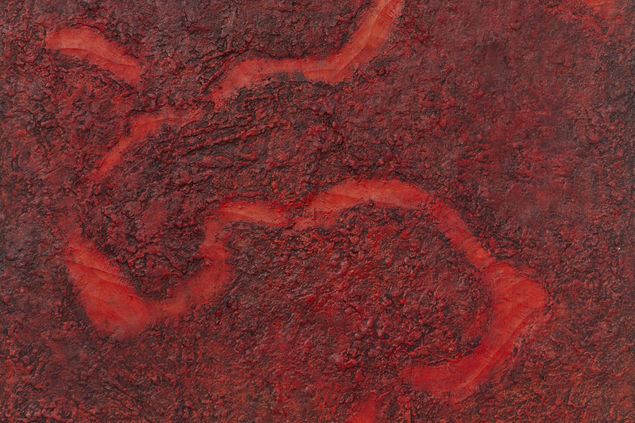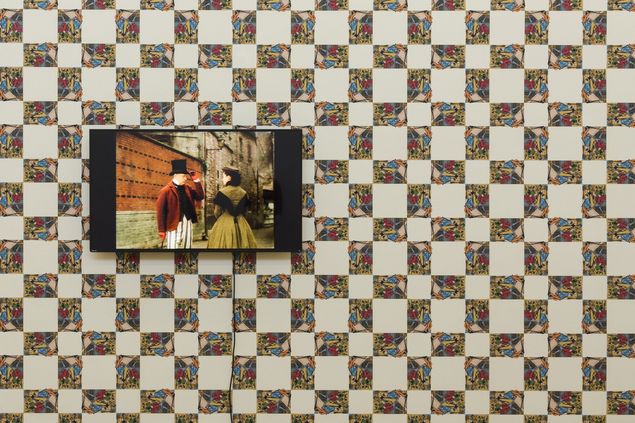At the end of the 1960s, young Italian artists in Turin and Milan began to work with objects that were foreign to art, ephemeral and simple or everyday materials. The term 'Arte Povera' was coined by art critic Germano Celant, who organized a group exhibition in 1967 in Genoa under the title Arte Povera e IM Spazio. Sammlung Goetz holds one of the most important and extensive collections of this art movement, including early, typical and key works as well as work groups. It also contains an archive with photographs and documents about actions and exhibitions.
As a gallery owner, Ingvild Goetz has displayed artists of the Arte Povera movement since the mid-1970s. "I liked the unconventional methods of these artists in conveying their work. In addition, they reflected the European zeitgeist," she says, explaining her interest in this art. “Earlier, artists had gotten away from the canvas. But the real break came with Arte Povera.”
The two-part exhibition Arte Povera in Sammlung Goetz is the grand finale of an international tour that began in 1997 in the Neues Museum Weserburg (today Weserburg Museum für moderne Kunst) in Bremen.
Part 1: Works from 1958 to 1972 | July 23 – December 18, 1999
Part 2: Works from1973 to the present | January 24 – May 20, 2000
Previous exhibition dates:
Neues Museum Weserburg, Bremen
June 22 – September 7, 1997
Kunsthalle Nürnberg, Nuremberg
October 2 – December 7, 1997
Kölnischer Kunstverein, Cologne
February 14 – April 26, 1998
Museum für moderne Kunst Stiftung Ludwig, Vienna
June 19 – August 30, 1998
Göteborgs Konsthall, Gothenborg
September 19 – October 31, 1998








